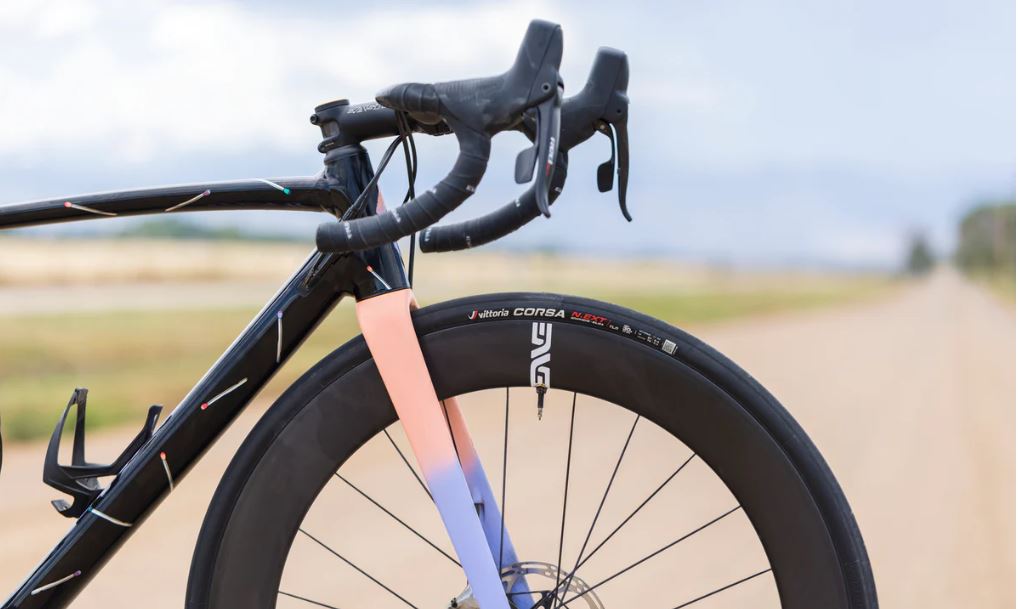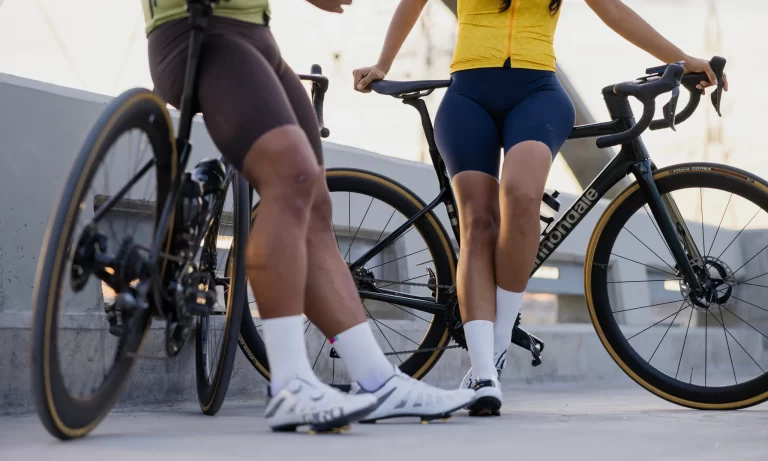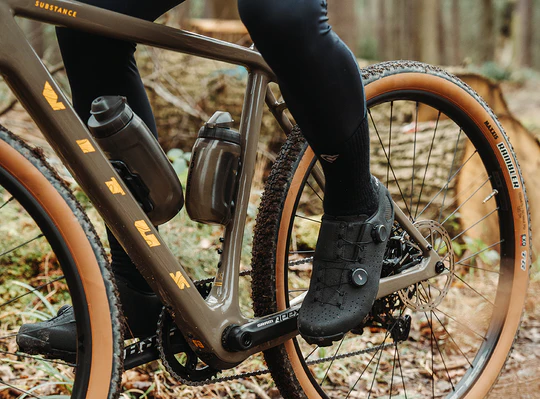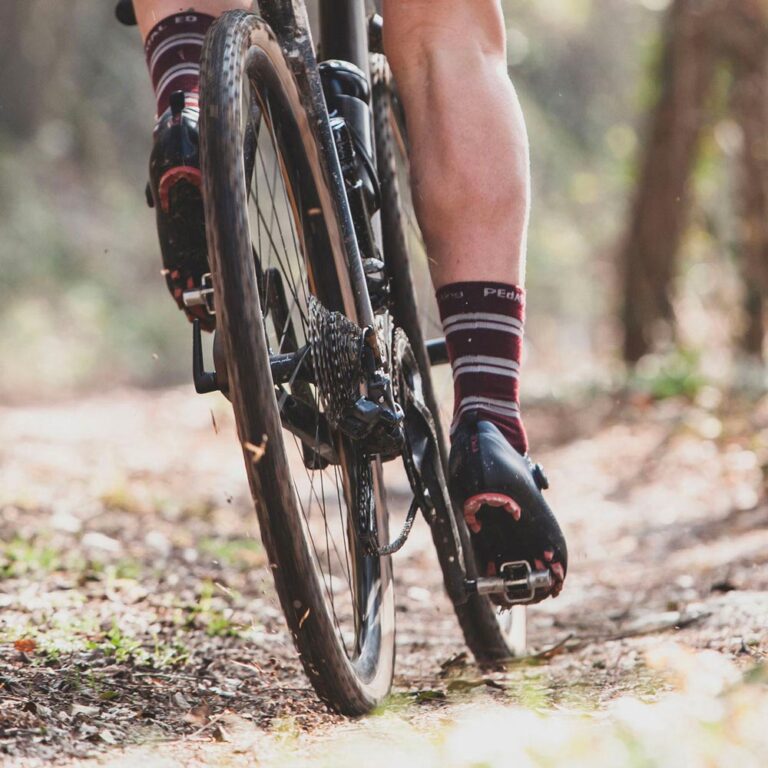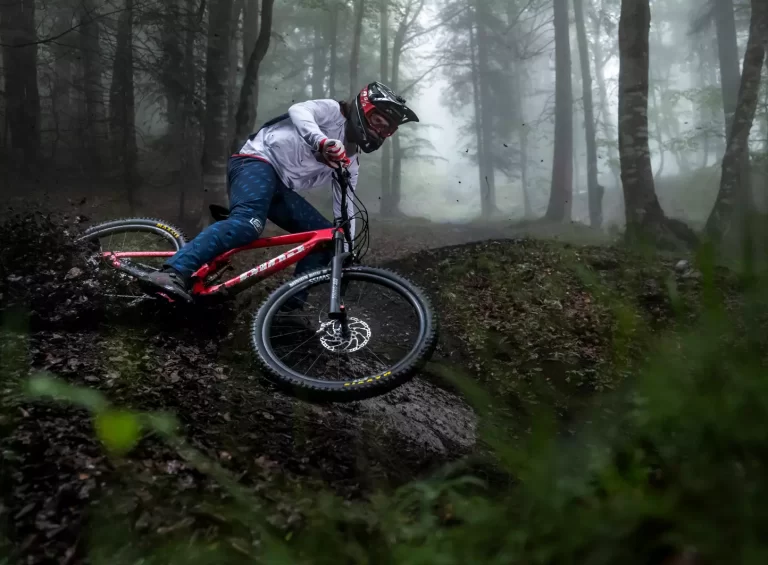Adapting to the Seasons: Seasonal Variations in Road Bike Tires
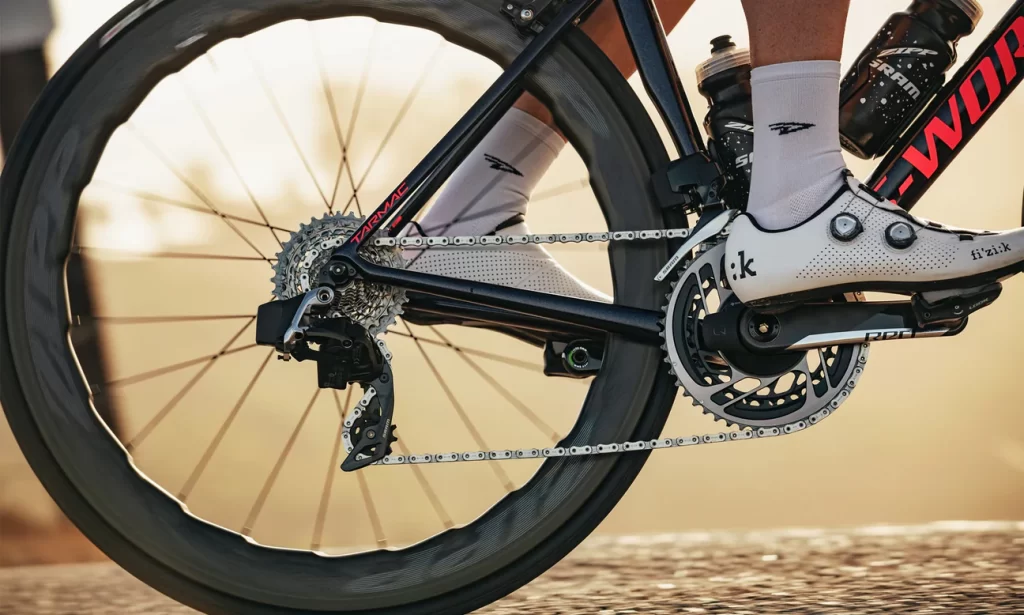
Key Point Summary of Seasonal Variations in Road Bike Tires:
- Seasonal Tire Needs: Understand how changing weather and road conditions affect tire performance and safety.
- Summer Tires: Designed for speed and efficiency, featuring lightweight construction and minimal tread patterns.
- Winter Tires: Focus on grip and puncture resistance, with deeper treads and more robust materials.
- All-Season Tires: Balance between performance and versatility, suitable for varied conditions.
- Switching Strategies: Tips on when and how to switch tires to align with seasonal changes.
As an avid cyclist who has traversed many paths—from the demanding terrain of mountain biking to the strategic and competitive world of road racing, and the adventurous realms of gravel and cyclocross—I’ve garnered a wealth of experience regarding the importance of choosing the right equipment for every season.
Among the critical choices a cyclist makes, selecting the appropriate road bike tires for varying seasonal conditions stands out for its direct impact on performance, safety, and enjoyment. This article delves into the nuances of seasonal tire selection, offering insights to help beginner and mid-level cyclists navigate these changes with confidence.
The cycling season doesn’t end with the arrival of cold weather or take a hiatus during the heat of summer. Instead, it adapts, evolves, and continues to challenge and reward those willing to ride through the year’s varied conditions. Recognizing the impact of these changes on tire performance is crucial for maintaining optimal safety and efficiency.
Seasonal Tire Dynamics
Summer Tires
In the heat of summer, road surfaces can become hot and sticky, conditions that favor lightweight tires with minimal tread. These tires are optimized for speed and low rolling resistance, allowing cyclists to make the most of long, sun-drenched days on the pavement. However, their minimalist design means less grip on wet surfaces, a trade-off for their performance in dry conditions.
Winter Tires
As temperatures drop and roads become littered with debris, water, and sometimes snow or ice, winter tires come into their own. They are built with deeper tread patterns and made from compounds that remain supple in cold weather, providing enhanced grip. Additional puncture protection layers are also common, safeguarding against the increased risk of flats from road debris and thorns that winter brings.

All-Season Tires
For those who prefer not to switch tires with the seasons, all-season tires present a compromise. They are designed to provide a good balance of performance and protection, with moderate tread depth and durable construction to handle a variety of conditions. While they may not excel in any one season, they eliminate the need for multiple tire changes throughout the year.
Switching Strategies
Transitioning between summer and winter tires can seem daunting, but timing the switch is key. As a general rule, when consistent daily temperatures begin to stray from the ideal range of your current tires, it’s time to consider swapping. For summer tires, this is typically when temperatures regularly dip below 10°C (50°F). Winter tires are preferable when you expect to encounter wet roads, debris, or temperatures consistently below 7°C (45°F).
Navigating Seasonal Shifts
Adapting to seasonal variations in road biking isn’t just about safety; it’s also about maximizing your ride quality and enjoyment. For instance, the confidence that comes from knowing your winter tires can handle a slick patch of road allows you to maintain focus and control. Similarly, the exhilaration of a summer ride on lightweight tires, feeling every bit of your effort translating into speed, is unmatched.
Final Thoughts
Choosing the right road bike tires for the season is a blend of art and science, requiring cyclists to weigh their priorities, riding conditions, and personal preferences. Whether you opt for the specificity of summer and winter tires or the versatility of all-season options, the key is to remain informed and prepared for the road ahead. The right tires not only enhance your ride but also protect you on your journey, ensuring that every pedal stroke brings you joy, regardless of the season.
Summer Tires
Continental Grand Prix 5000: Renowned for its exceptional combination of speed, grip, and puncture protection. The Grand Prix 5000 offers a supple ride and excellent handling, making it a favorite for racing and long summer rides.

Winter Tires
Continental Grand Prix 4-Season: Built to handle harsh conditions, this tire offers a deeper tread pattern and a durable compound for enhanced grip and durability in cold, wet, and even slightly snowy conditions. It’s also reinforced for excellent puncture resistance.

All-Season Tires
Schwalbe One Performance: This tire strikes a balance between performance and durability, making it a solid choice for riders looking for a tire that can handle a variety of conditions. It offers good puncture protection and a reliable grip across different weather conditions.

Transitioning Between Seasons
For cyclists who experience pronounced seasonal changes, having a set of summer and winter tires can optimize performance and safety throughout the year. However, for those in milder climates or looking to avoid frequent changes, an all-season tire like the Schwalbe One Performance can provide a practical compromise.
FAQ
Can you have a mix of winter and summer tyres?
It’s not recommended to mix winter and summer tyres on a bike because they have different tread patterns, rubber compounds, and performance characteristics. This can lead to uneven grip and handling, especially in challenging conditions.
Does summer or winter tyres matter?
Yes, choosing between summer and winter tyres matters significantly. Summer tyres are optimized for performance and efficiency in warm, dry conditions, while winter tyres are designed to offer better grip and durability in cold, wet, or icy conditions. Using the appropriate tyre for the season can enhance safety, performance, and riding comfort.
Happy Riding!
John
